Such is the nature of the internet that it honestly feels like years since the Sphere in Las Vegas was inaugurated… but truth be told, the massive hemispherical display only opened to the public in September last year. Practically one of the most visible buildings on the north end of the Vegas Strip (you can even see it as your flight lands at the airport), the Sphere gained meme status with its sheer size and scale, and its ability to become a canvas for everything from advertisements to graphics, and even the occasional hilarious emoji that looks around and interacts with objects around the desert city. YouTuber Carl Bugeja decided that in theory, it shouldn’t be too difficult to make a homemade version of the Sphere using a bunch of LEDs and clever programming. His journey led him to build an adorable recreation of the sphere, scaled down to fit in your palm. The MINI Sphere is an adorable replica of a modern architectural wonder, and even lights up to display various graphics like an eyeball, the planet Earth, swirling colors, or emoji faces. A built-in accelerometer even detects when you lift the MINI Sphere off the tabletop, prompting it to display a scared emoji face!
Designer: Carl Bugeja
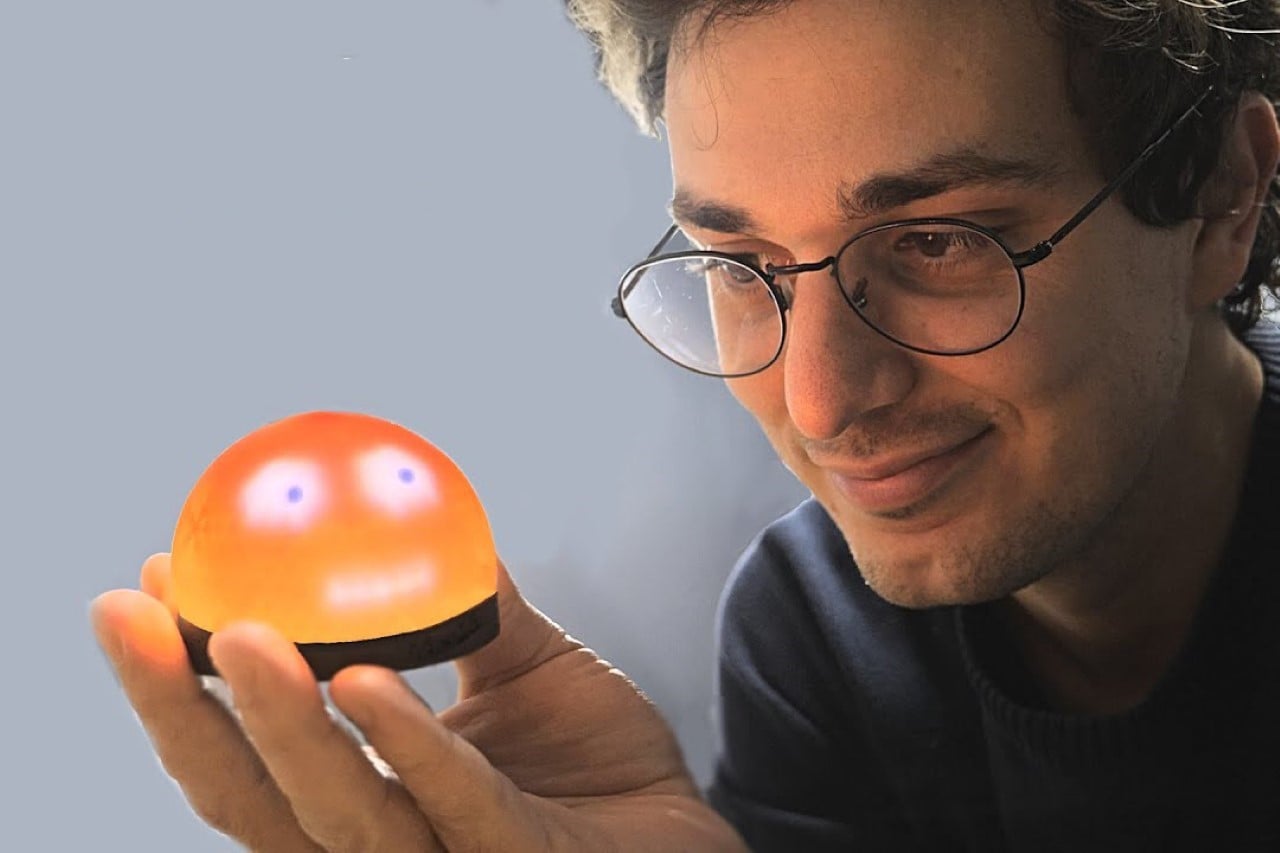
The original Sphere is a marvel of maths, engineering, and design, with its outer shell comprising a staggering 1.2 million LEDs that come to life to give the Sphere its own personality of sorts. The thing is visible from miles away, allowing even people in hotel rooms to be privy to the Sphere’s graphics. In between quirky visuals like a spinning earth, an emoji, or just particle graphics, the globe-shaped building also serves as a billboard for brands as well as for the venue itself, which plays movies as well as hosts concerts. The Sphere cost an impressive $2.3 billion to build, but Carl’s task was to create a massively scaled-down version of the building for a minuscule fraction of the price.
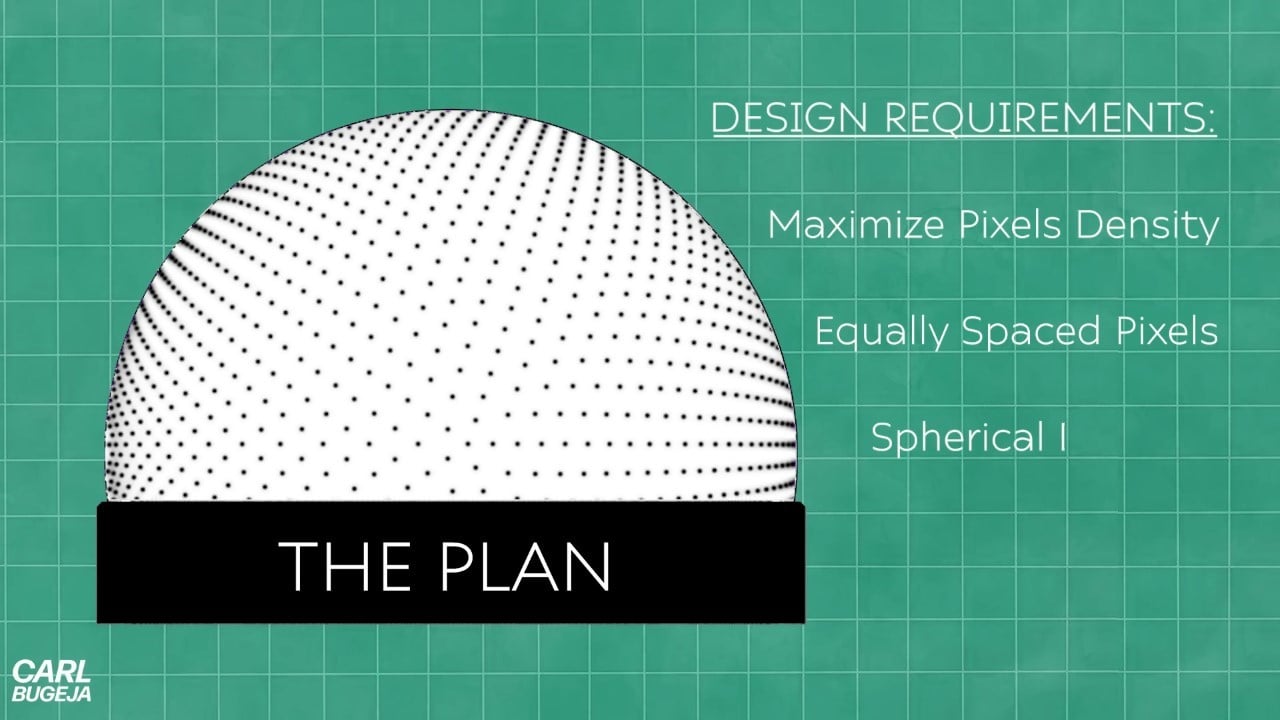
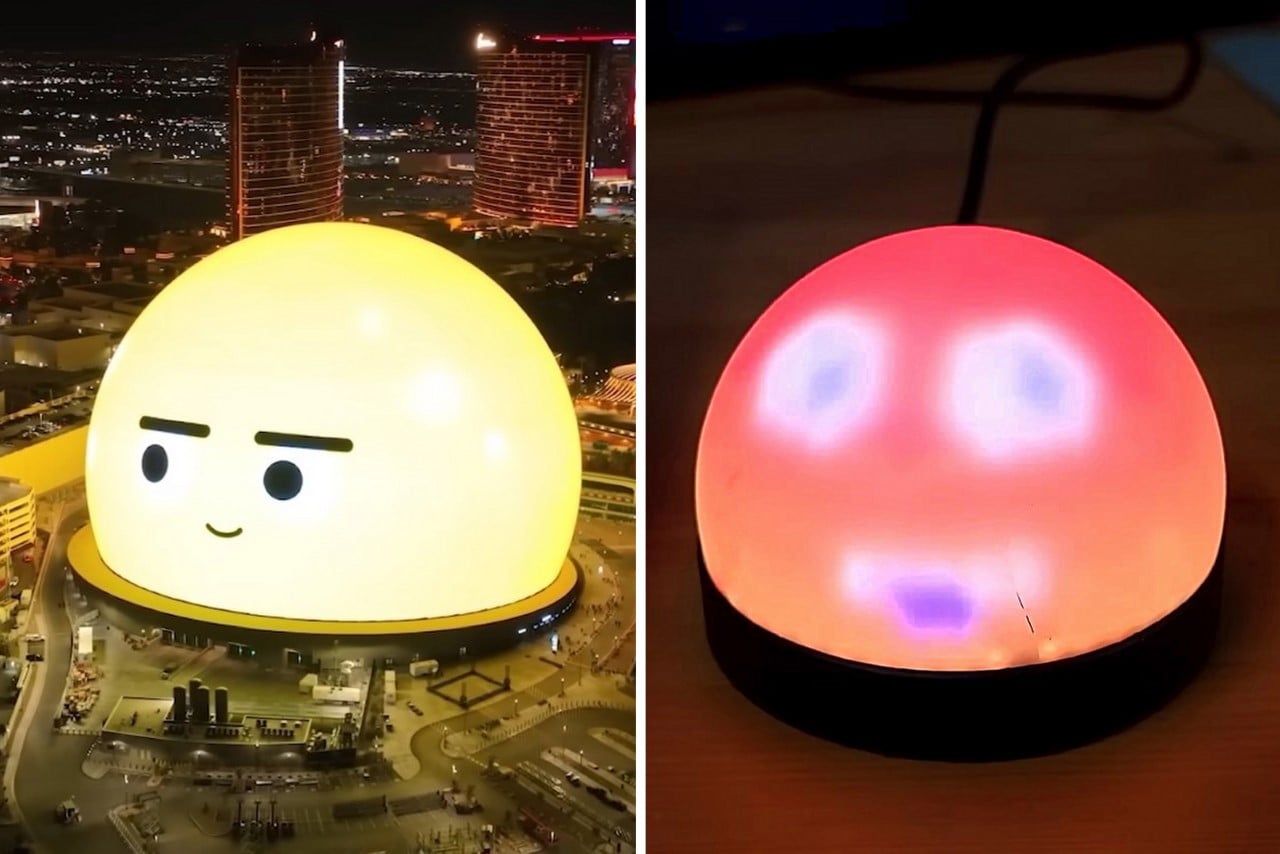
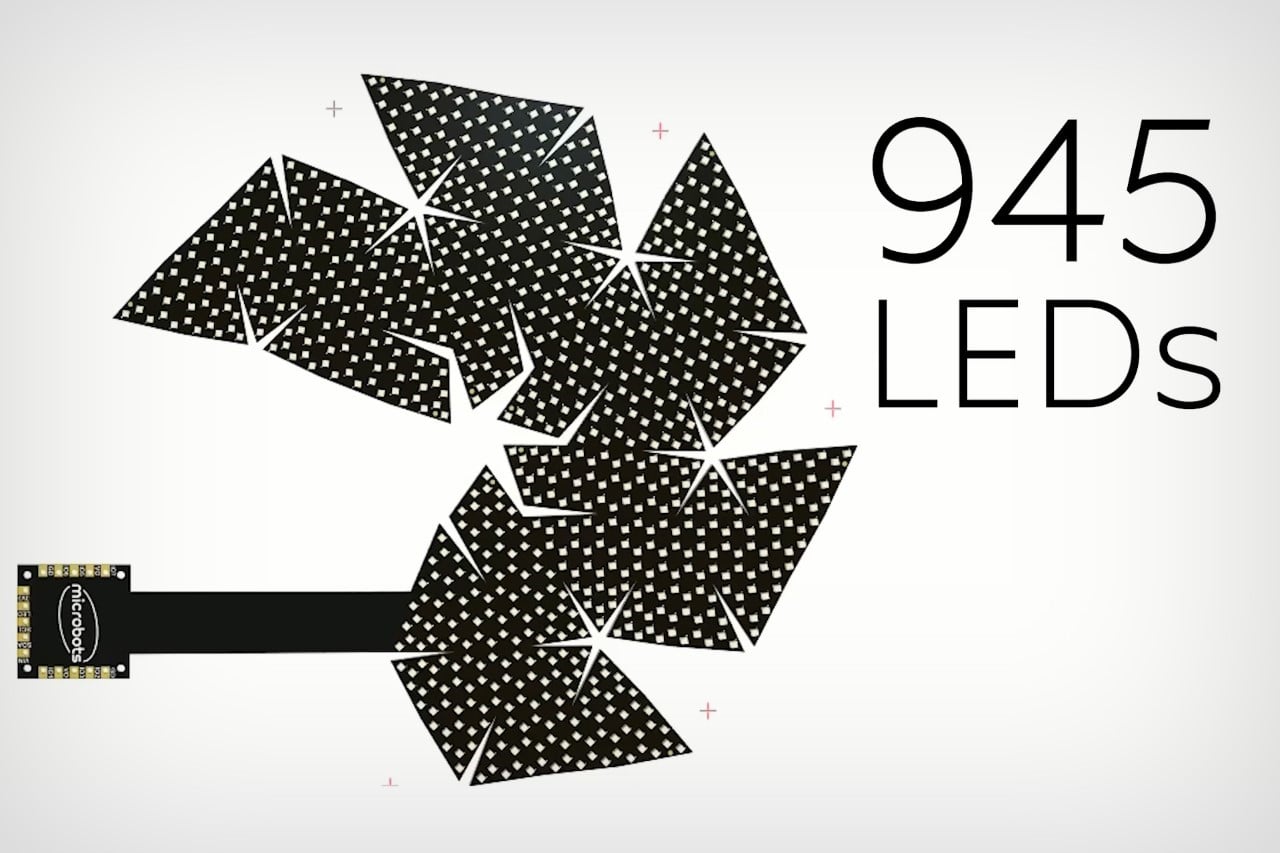
Carl’s plan was to build a roughly baseball-sized version of the monument, while still maintaining a compact pixel density that allowed his MINI Sphere to look like a display and not just a cluster of random pixels. His first idea was to simply have an LED ring rotating at high speeds, creating the effect of a sphere display, but that had problems – it would be too blurry, too complicated, and too noisy. He finally decided to use SK6805 LEDs, which measured a mere 1mm in width and height. Packing a staggering 945 of them onto a bendable PCB from PCBWay, Carl began building the MINI Sphere.
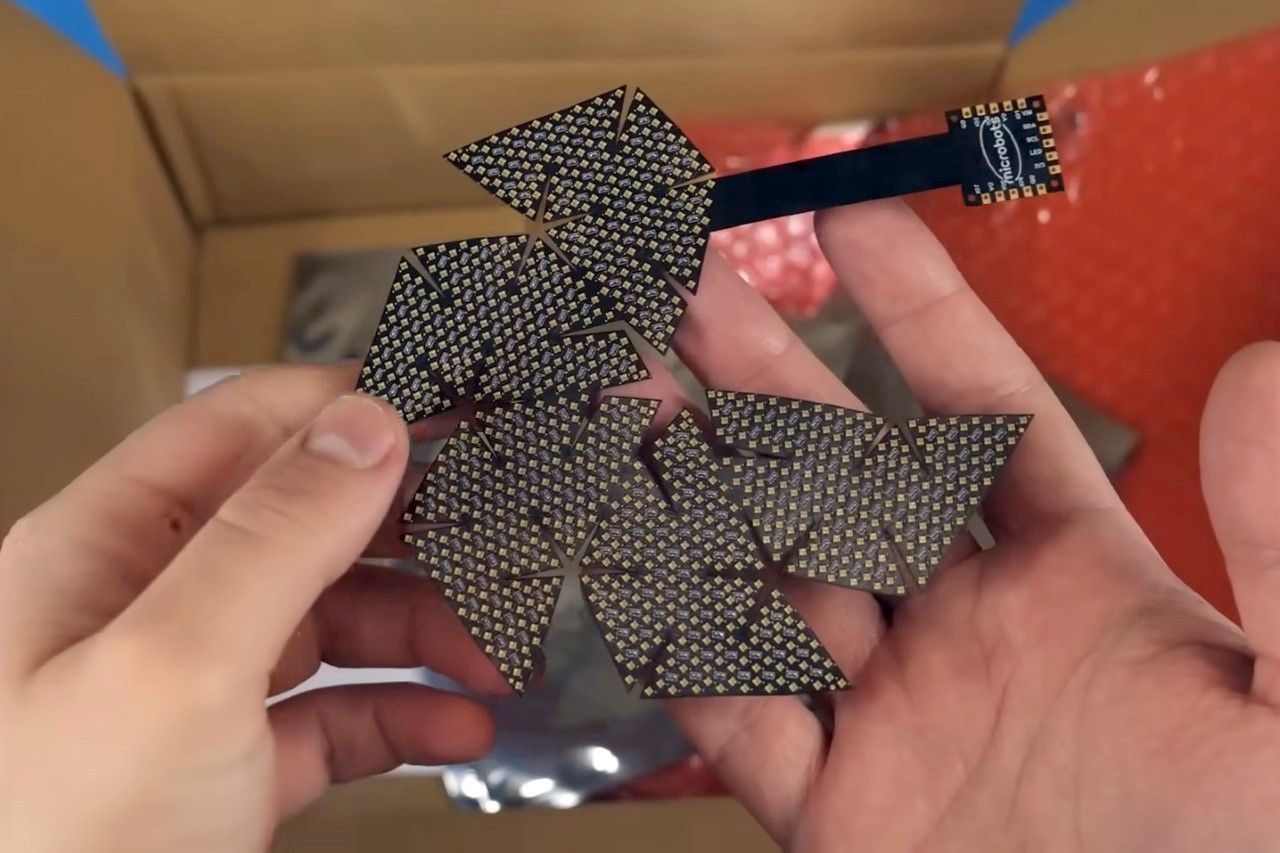
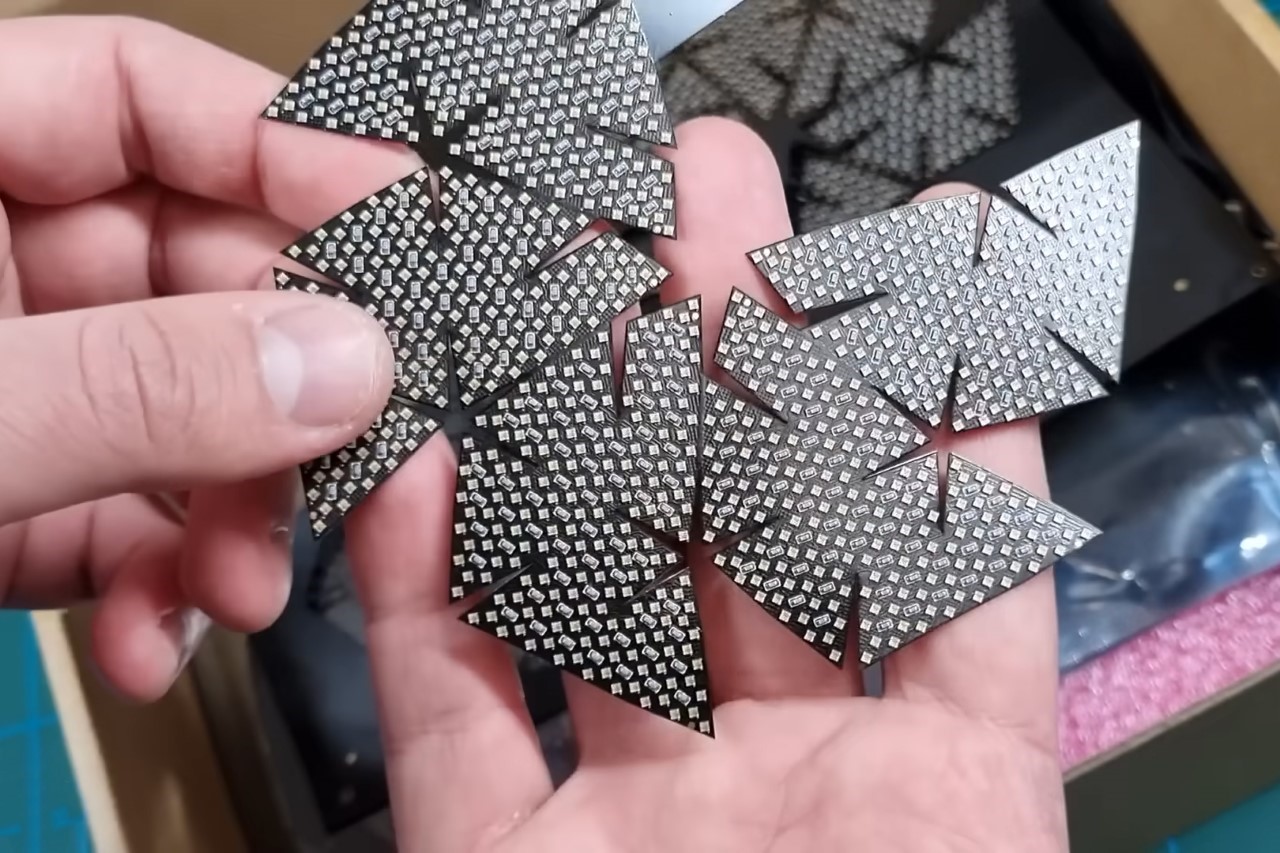
The LEDs were oriented on an odd geometric shape, comprising multiple triangles joined together. The idea was to simply fold the triangles to create a geodesic sphere. Carl would then program each LED in a way that would create a continuous display by building multiple graphic patches that could be stitched together in a software.
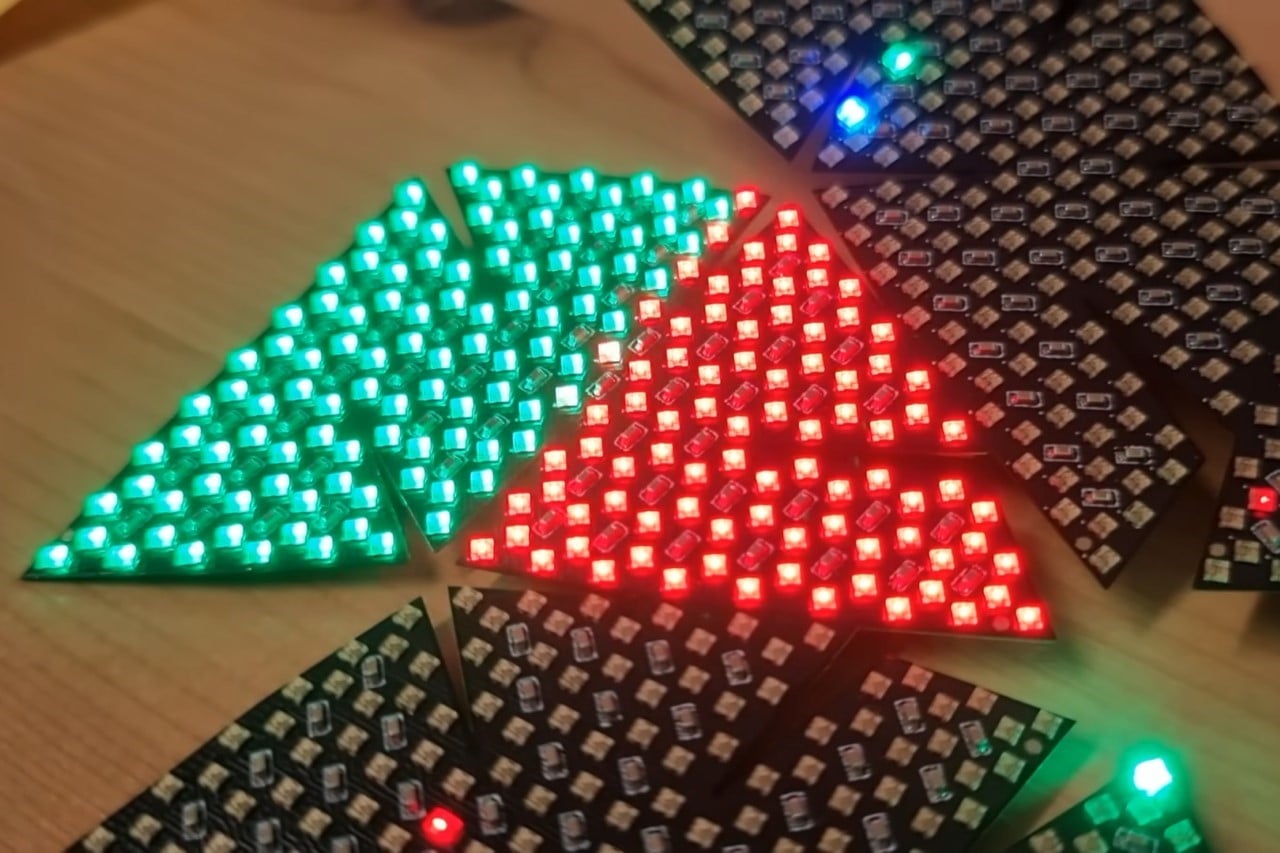
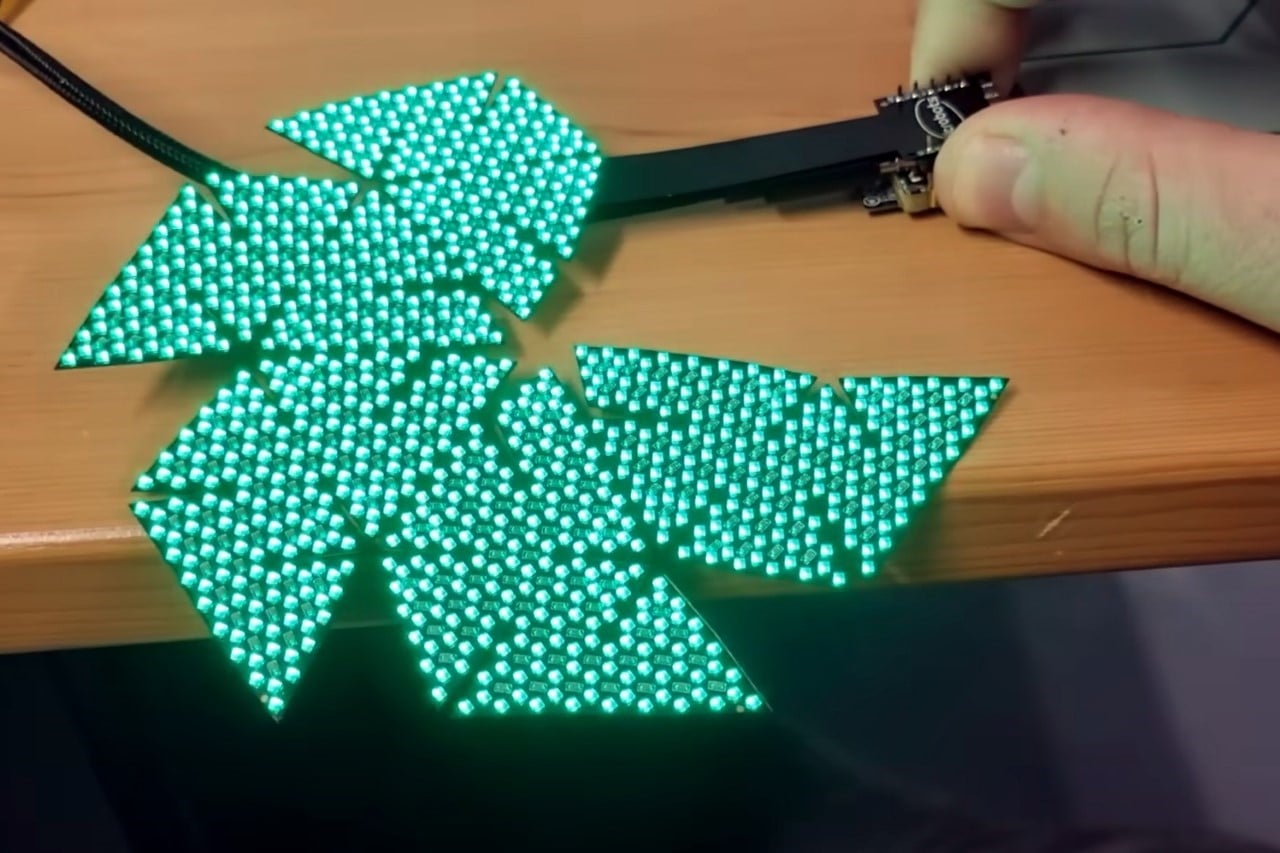
Carl connected the LED board to a CodeCell controller unit, using a USB-C cable to power the display. He then stuck the PCB onto a hemispherical 3D printed base, carefully ensuring each triangular panel was glued in place without any distinct visible seams.
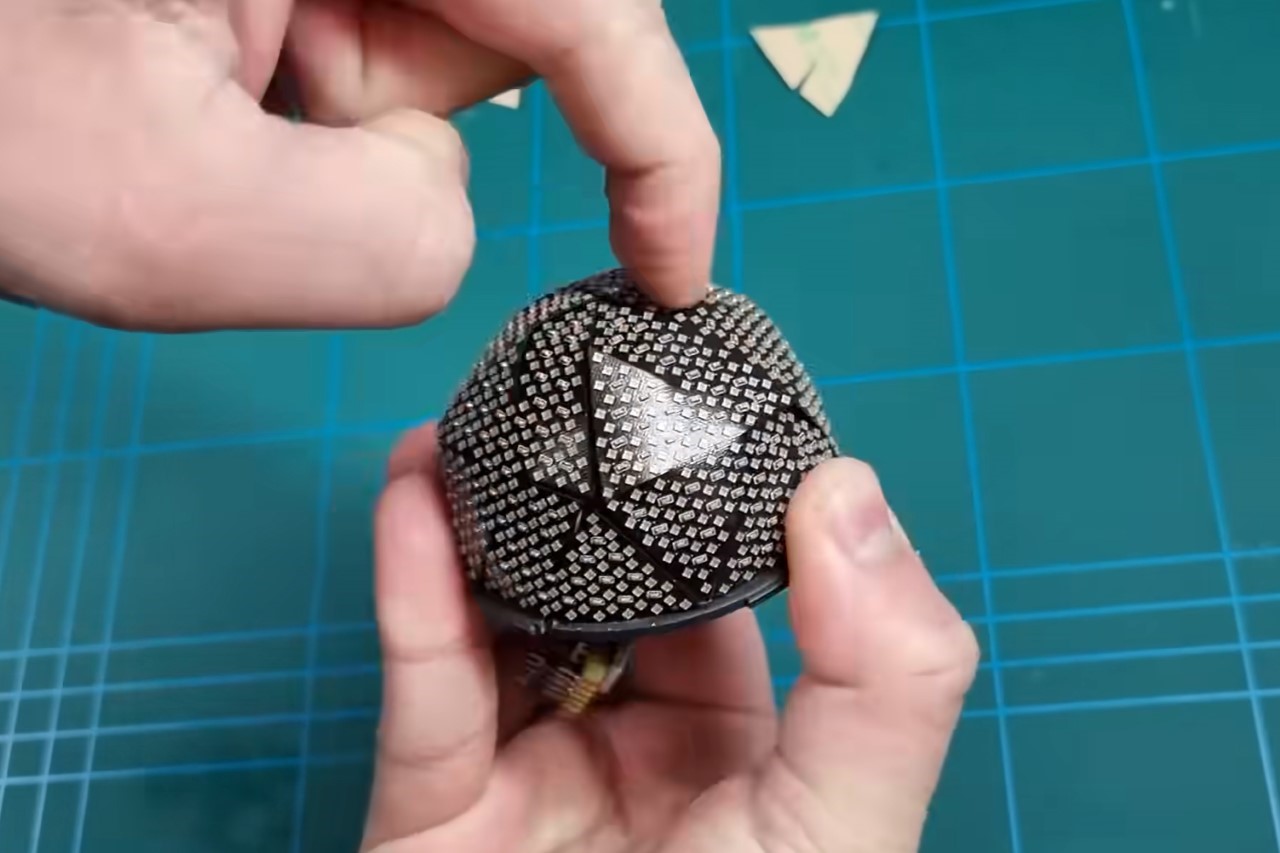
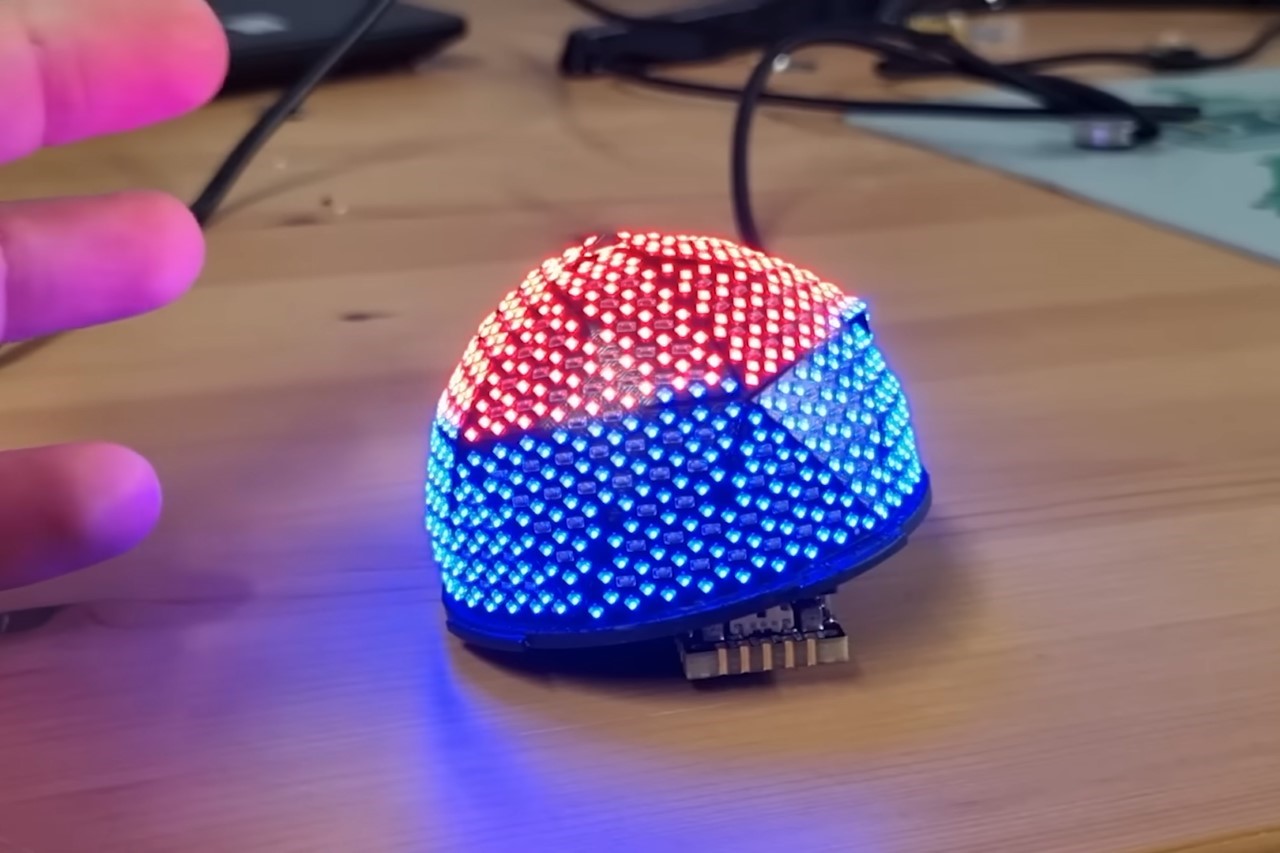
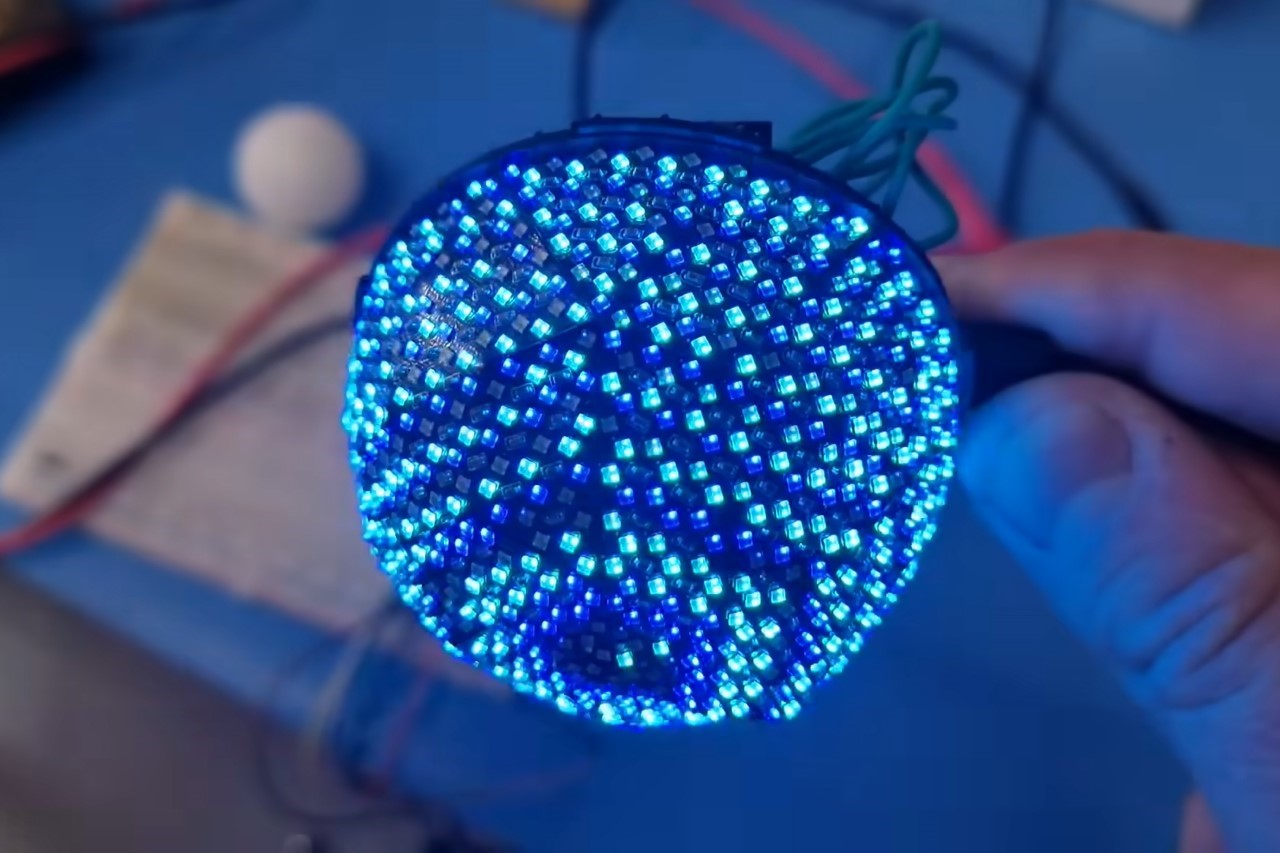
Before his final design step, Carl began testing out visual patterns by designing them on a computer and feeding them to the MINI Sphere. Since this was a spherical display comprising multiple triangular facets, feeding visuals wasn’t as easy as simply dragging and dropping JPEGs. They had to be sliced into different artboards that could then be fed to the sphere’s various LED panels.
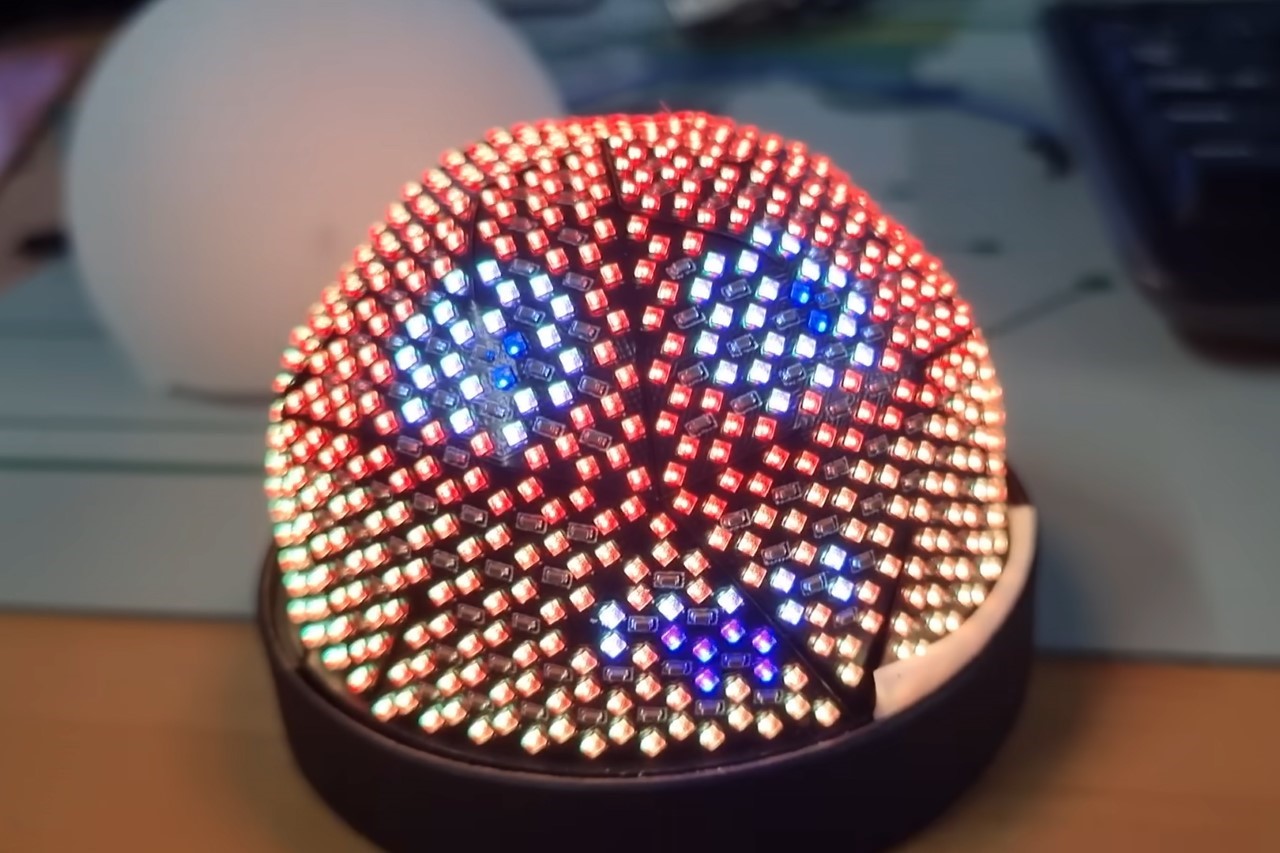
Finally, the MINI Sphere got its crowning component, a diffuser that helped blend the individual pixels to create a more coherent image. Given that the MINI Sphere has less than 1000 pixels (that’s hardly high-definition), it was difficult for the eye to perceive clear images because the gaps between the pixels were so pronounced. To fix this, Carl simply mounted a translucent cover on the Sphere, helping blur the gap between the pixels and create a more easy to identify image. Sure, one would agree that the end result isn’t as crystal clear as the original Sphere, but by DIY standards, it’s very impressive!
The MINI Sphere currently displays the graphics shown below (including even a blinking eye that looks around), but the most adorable is the emoji, which reacts to being shaken or picked up!
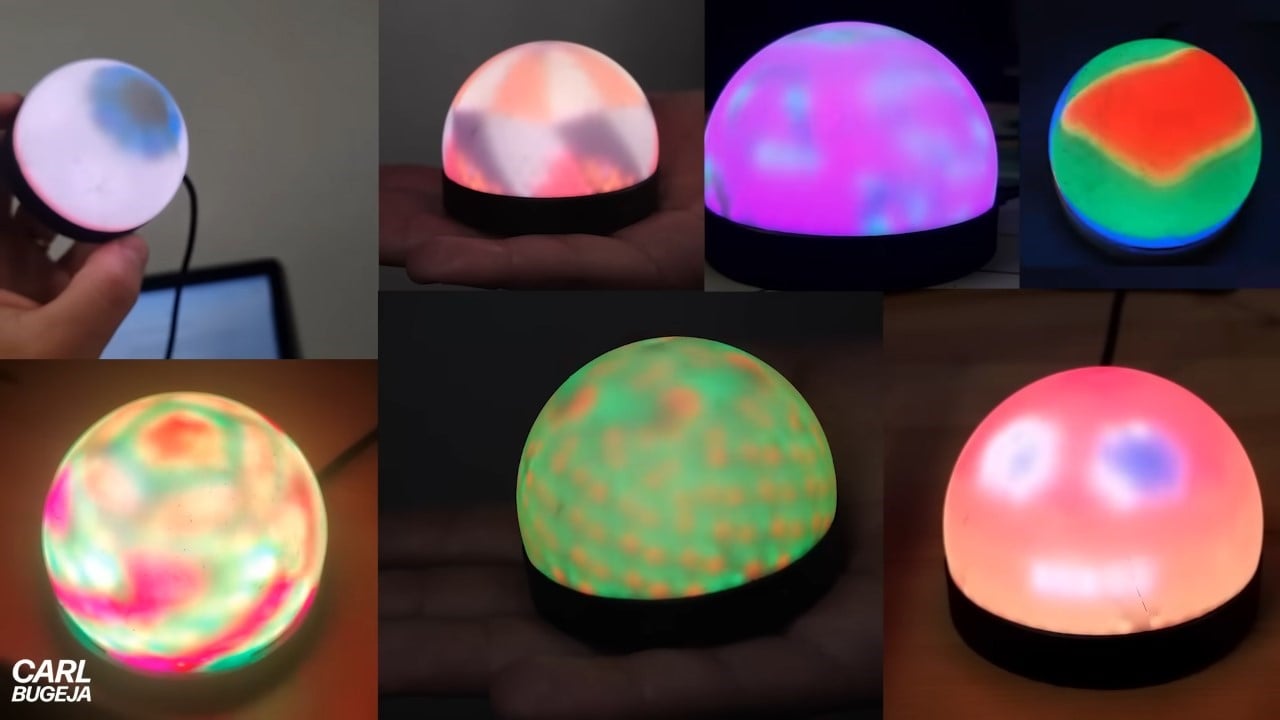
The post This Tiny Las Vegas Sphere Replica Lights Up With 945 LEDs That Display Graphics And Emojis first appeared on Yanko Design.



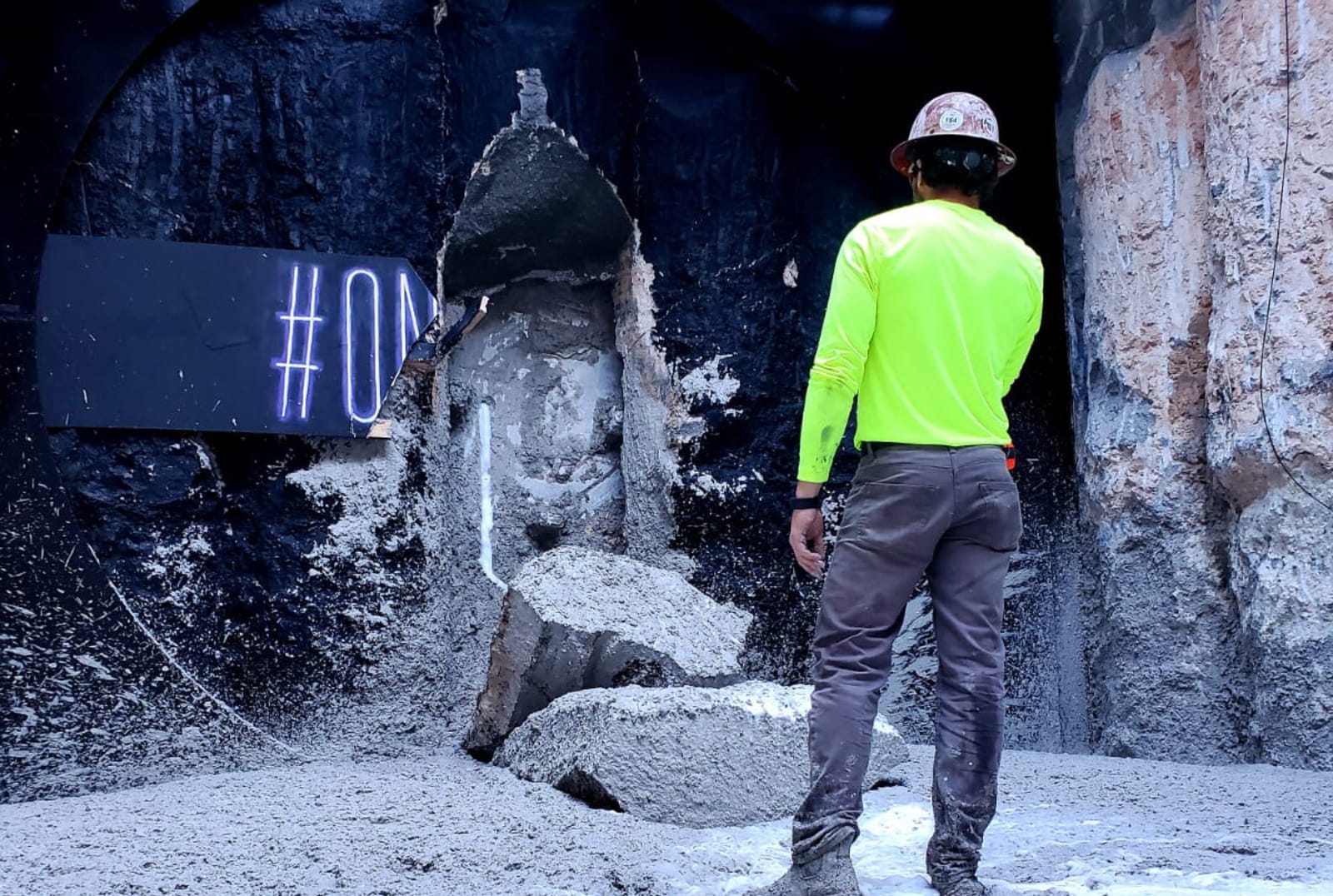 The Boring Company has finished excavating the first of the two tunnels planned for Las Vegas Convention Center's underground loop transportation system. If you'll recall, the Las Vegas Convention and Visitors Authority (LVCVA) tapped Elon Musk's com...
The Boring Company has finished excavating the first of the two tunnels planned for Las Vegas Convention Center's underground loop transportation system. If you'll recall, the Las Vegas Convention and Visitors Authority (LVCVA) tapped Elon Musk's com...
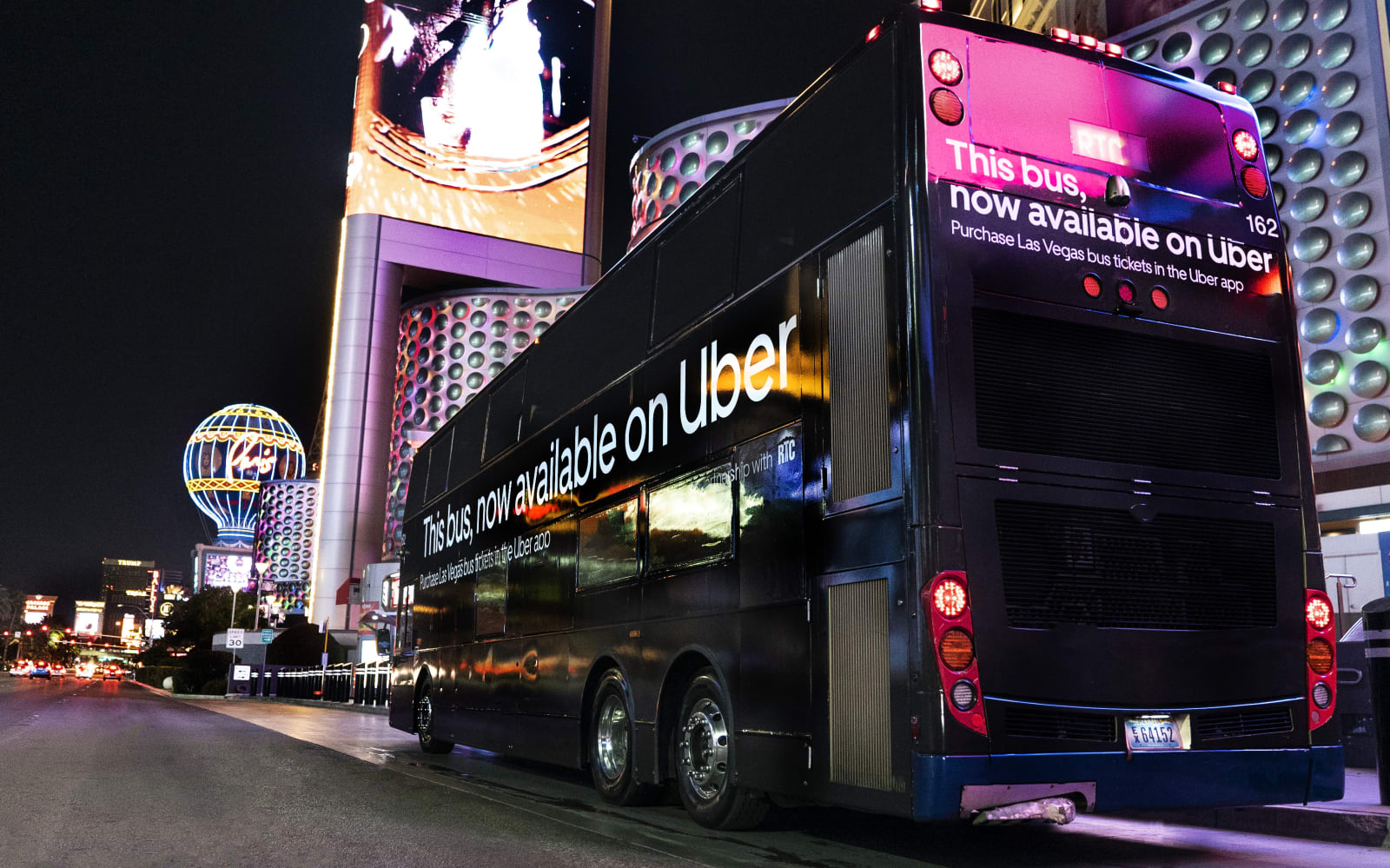 Uber users in Las Vegas will soon be able to purchase public transit tickets through the app. The change makes Las Vegas only the second city in which Uber users can purchase transit tickets directly in the app.
Uber users in Las Vegas will soon be able to purchase public transit tickets through the app. The change makes Las Vegas only the second city in which Uber users can purchase transit tickets directly in the app.
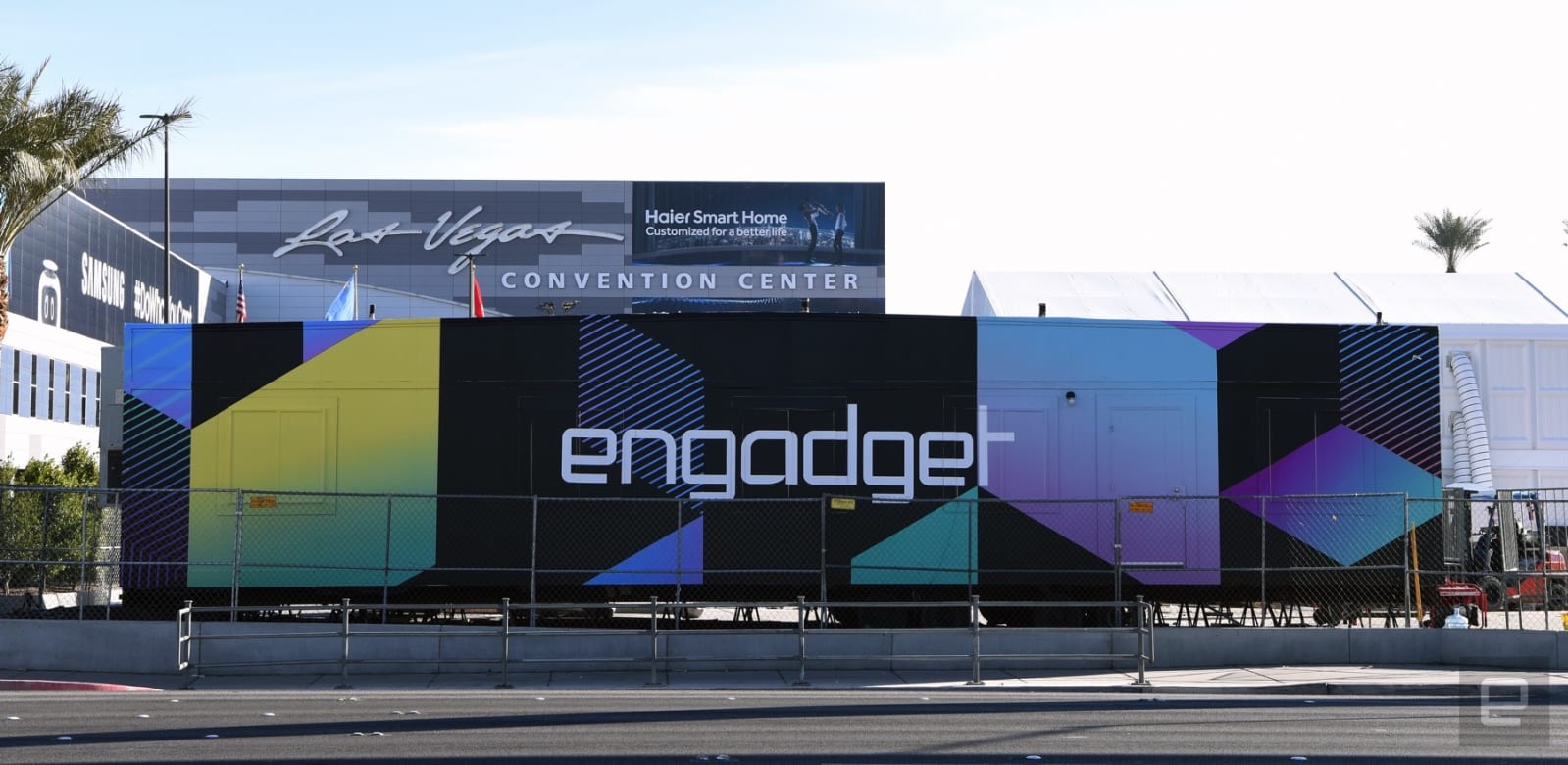 For Engadget editors, life is just a series of moments while you wait for CES to come back around again. Sometimes it almost feels like we never left.
But we did. And now we're back.
CES 2020 is about to get started in sunny (and slightly smelly)...
For Engadget editors, life is just a series of moments while you wait for CES to come back around again. Sometimes it almost feels like we never left.
But we did. And now we're back.
CES 2020 is about to get started in sunny (and slightly smelly)...
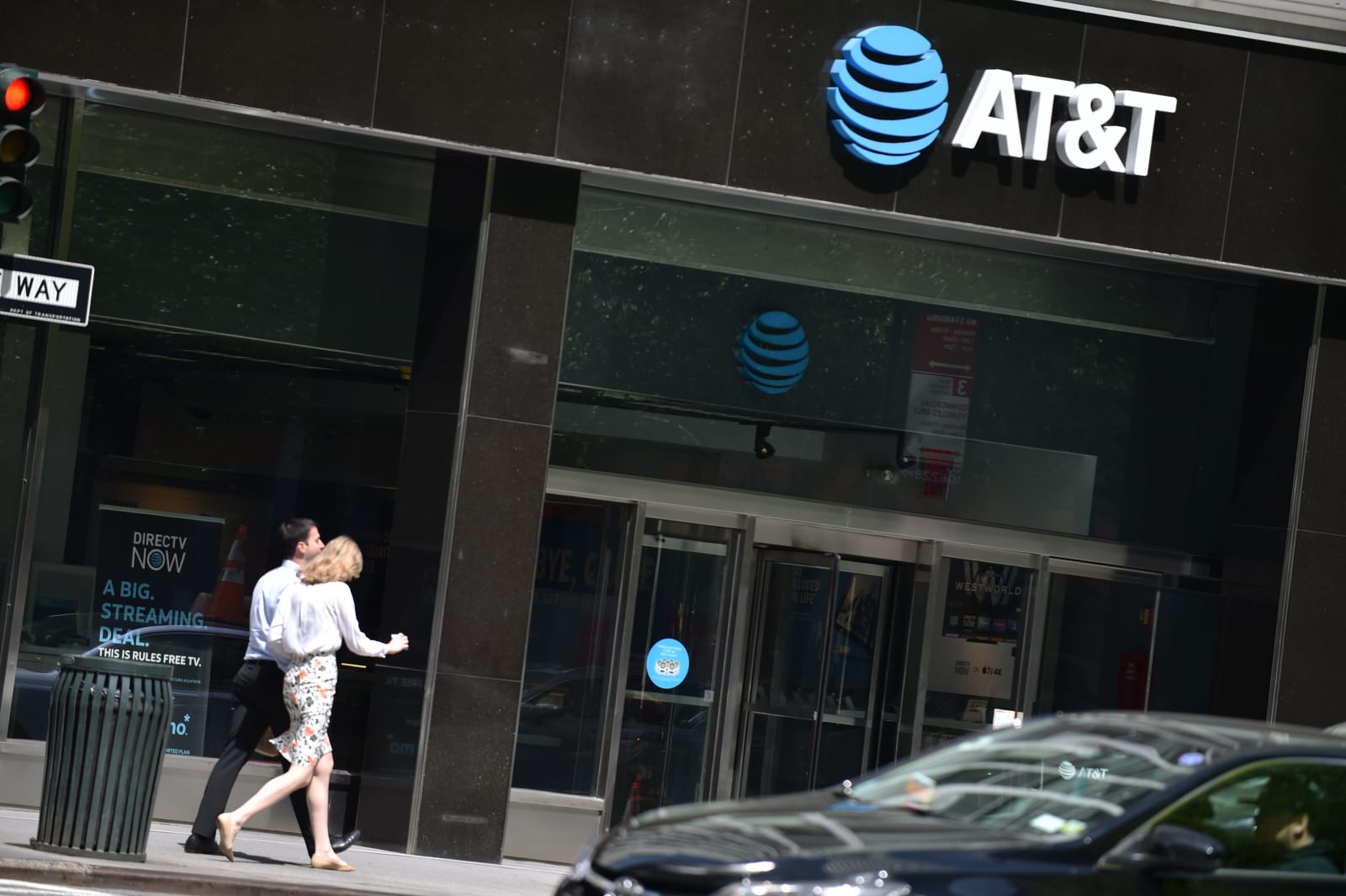 American 5G is in a poor state right now, but carriers are making at least some attempt to rectify that situation. AT&T is following up on its mid-December launch of real 5G by adding coverage for six major cities. You should now have lower-ban...
American 5G is in a poor state right now, but carriers are making at least some attempt to rectify that situation. AT&T is following up on its mid-December launch of real 5G by adding coverage for six major cities. You should now have lower-ban...